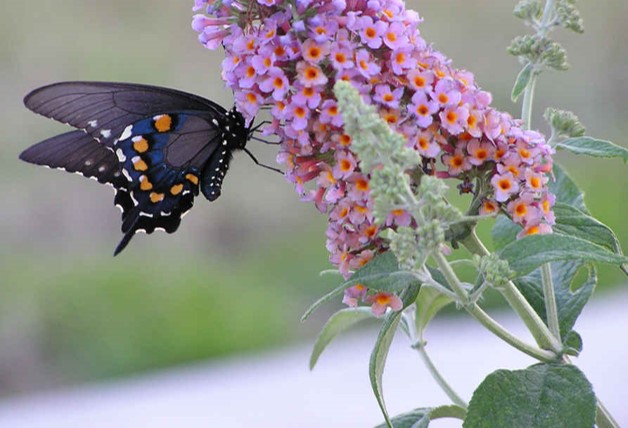Elle Décoration France runs a podcast called Où est le beau? (“Where is the good?”), which profiles iconic designers or objects—like landscape architect Damien Roger, Japanese tea pots, and Bertoia chairs. The hour-long episodes educate listeners by discussing the subjects’ provenance, history, manufacture, and significance. Sometimes the podcast encourages us to reconsider what we value.
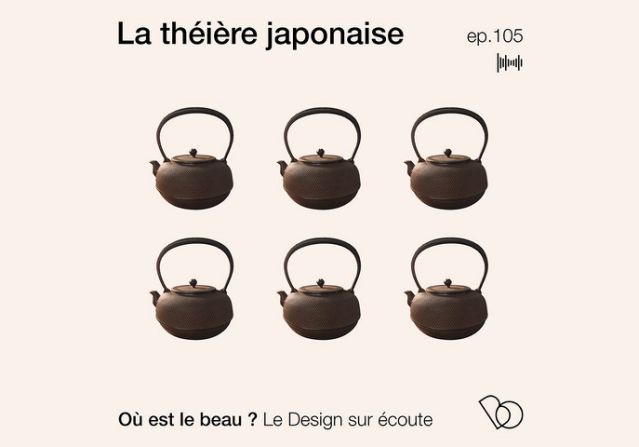

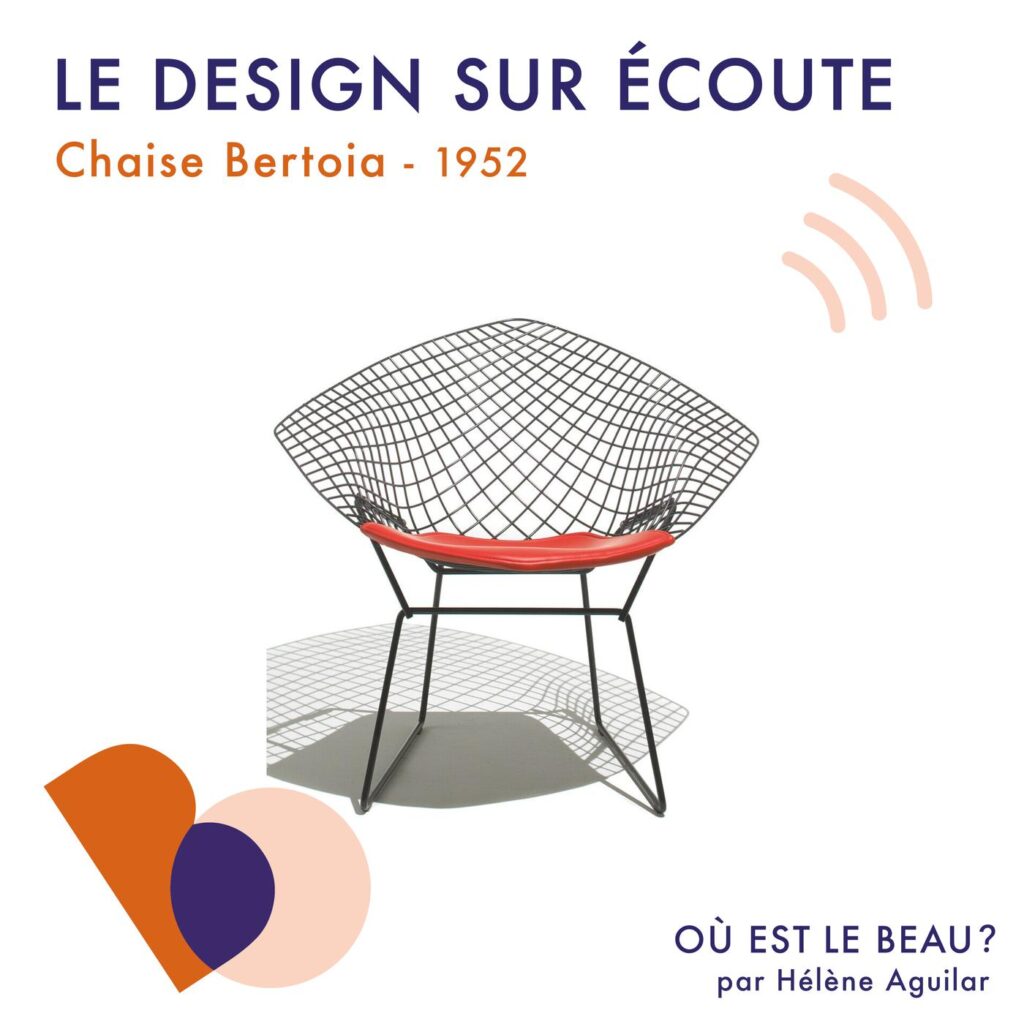
This seems to be what most gardening articles do, explain what makes something good, whether it’s a garden design, tool, idea, or plant. Often what’s good is obvious, but sometimes it isn’t. Martha Stewart saying “It’s a good thing” sometimes helped us see that it was. Asking where is the good assumes that it’s there somewhere. You just have to look for it. You could just as easily ask where is the bad? Most of us have once disliked something we later learned more about and now appreciate. Similarly, we sometimes learn that things we assumed were good are actually more complicated than we thought. This is perhaps the case with Buddleja davidii, the butterfly bush.

I have several of these shrubs in my yard right now. In summer, the butterflies love them, and the pale lavender flowers are pretty. I see them for sale in local nurseries alongside other pollinator-friendly perennials for about $18 a plant. Mine cost me nothing. This is all good!
Few things in life are only good, however. The butterfly bushes were free because they sprouted on their own, and not always in desirable spots. I wasn’t sure what to do with them, so I did nothing. They grew, and grew, and now are about six feet tall. They’re not particularly attractive, either. They drop their silvery leaves in the fall, and all winter long resemble a collection of sticks. Like the aggressive swamp milkweed that grew taller than our fence, they’re among the plants I can’t decide what to do with. Do I like them? Are they good or bad?
My suspicions about them turned out to be true. Butterfly bush is invasive. Many places, particularly in the Pacific Northwest, classify the shrub as a noxious weed.
Butterfly bush is expert at reproducing, it turns out. Each flower spike produces up to 40,000 lightweight seeds that can easily be dispersed by the wind—and their germination rate is eighty percent. Eighty percent! This gives them a competitive advantage over native flowering shrubs. Buried in soil, the seeds can remain viable for up to five years, and cut stems can resprout.
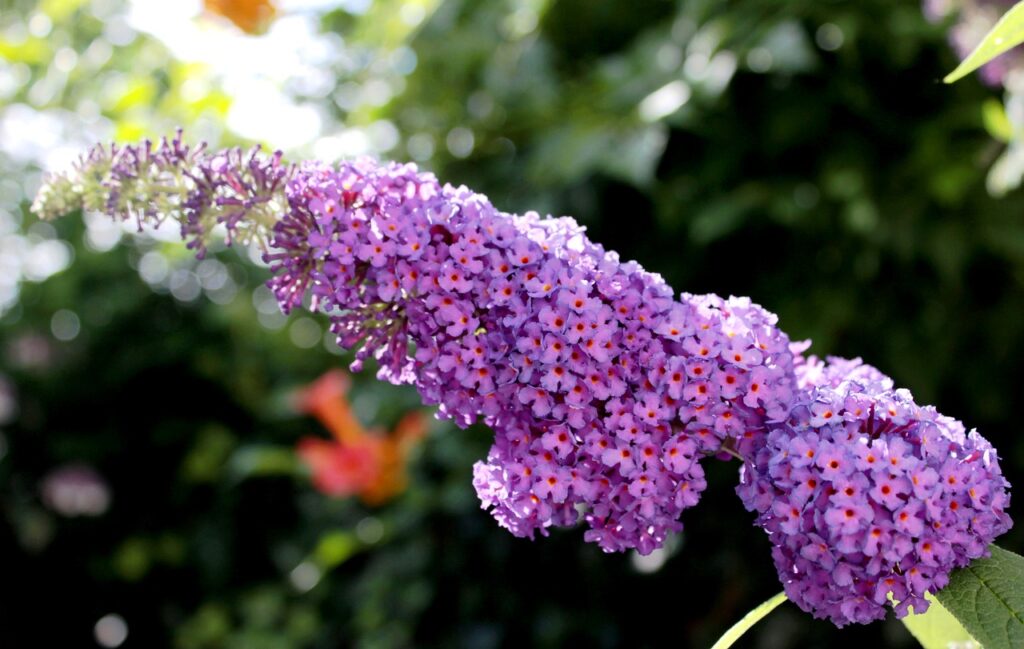
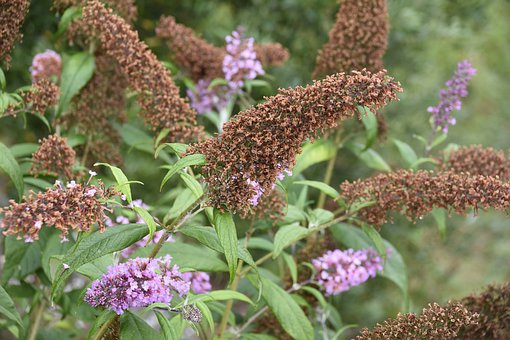
Another not-so-great thing about butterfly bush is that it’s not native to North America. Apparently it “migrated” from Asia to the Americas about ten million years ago, too recently to have co-evolved alongside native insects. Then butterfly bush evolved into over 140 varieties. (I learned all this from the blog at the Brandywine Conservancy, a conservation organization in Chadd’s Ford, PA.)
Because it’s not native, butterfly bush is not a host plant for caterpillars. And while adult butterflies feed on the pretty, fragrant flowers, caterpillars do not. This is the case with many of the familiar plants in our home landscapes, including azalea, privet, crepe myrtle, Japanese maple, boxwood, barberry, forsythia, English ivy, and pachysandra. (I’ve had all of these growing in my yard at some point.) The fact that insects didn’t eat these “alien exotics” was part of their appeal in the first place.
Caterpillars, upon which so much depends, need native plants as hosts where they can lay their eggs. Without caterpillars, there will be no adult butterflies. Without caterpillars, birds will not survive. Adult butterflies use the plants as a nectar source, but their larvae cannot survive on them.
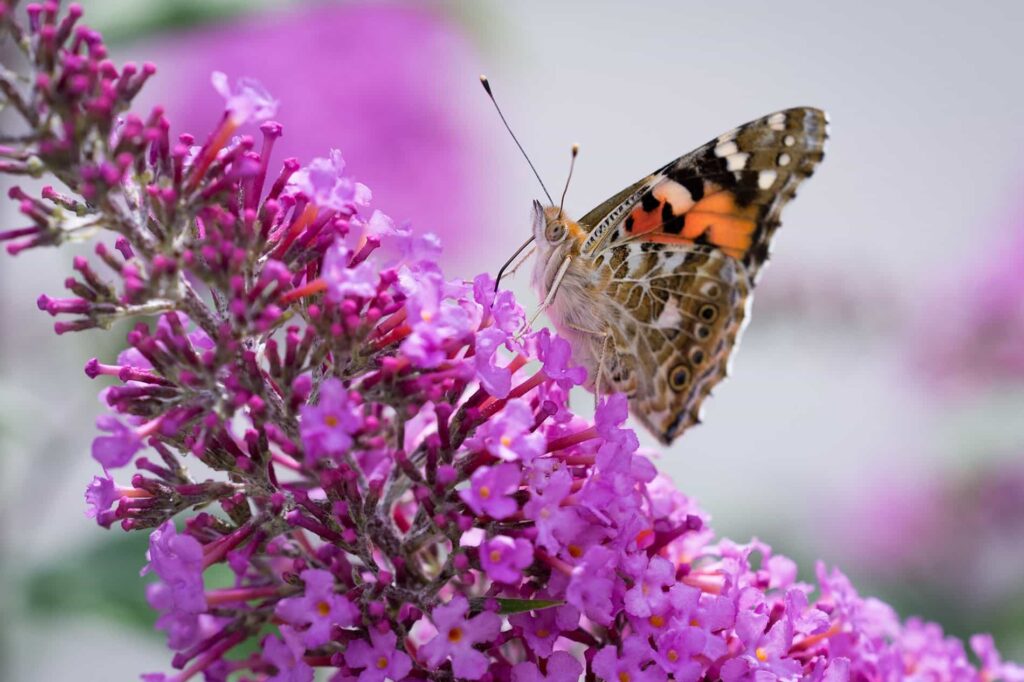
Butterfly bush is controversial, in other words. I just didn’t know before. In fact, in 2012, Butterfly Gardener magazine devoted an entire issue to the pros and cons of the “Great Butterfly Bush Debate.” Gardeners and ecologists like Margaret Roach and Doug Tallamy recommend planting native alternatives. Still, garden centers sell butterfly bush, and many pollinator garden plans include Buddleia on their lists of recommended plants, like this one from the Dyck Arboretum. Dyck Arboretum sell it at their plant sales, too, with the caveat that it’s not native, and therefore is not a host plant for caterpillars.
So, the good and the bad are both here. Now that I know, what should I do?
You may decide that you can find better things to plant that butterfly bush. Or you may decide that planting true natives nearby can ensure that you have what the Dyck Arboretum blog calls “the ecological garden trifecta: host plants for larval food, nectar for adults, and habitat to shelter and rest.”
About my four, I plan to dig one up—being careful to get the roots—and cut the others back. They bloom on new wood, and can be cut all the way to the ground. My sources inform me that they’re also slow to get started in the spring. The ones that remain I plan to actually care for instead of just watching. This year I’m going to deadhead flowers so the seed doesn’t spread. And I’ll stamp out any new sprouts.
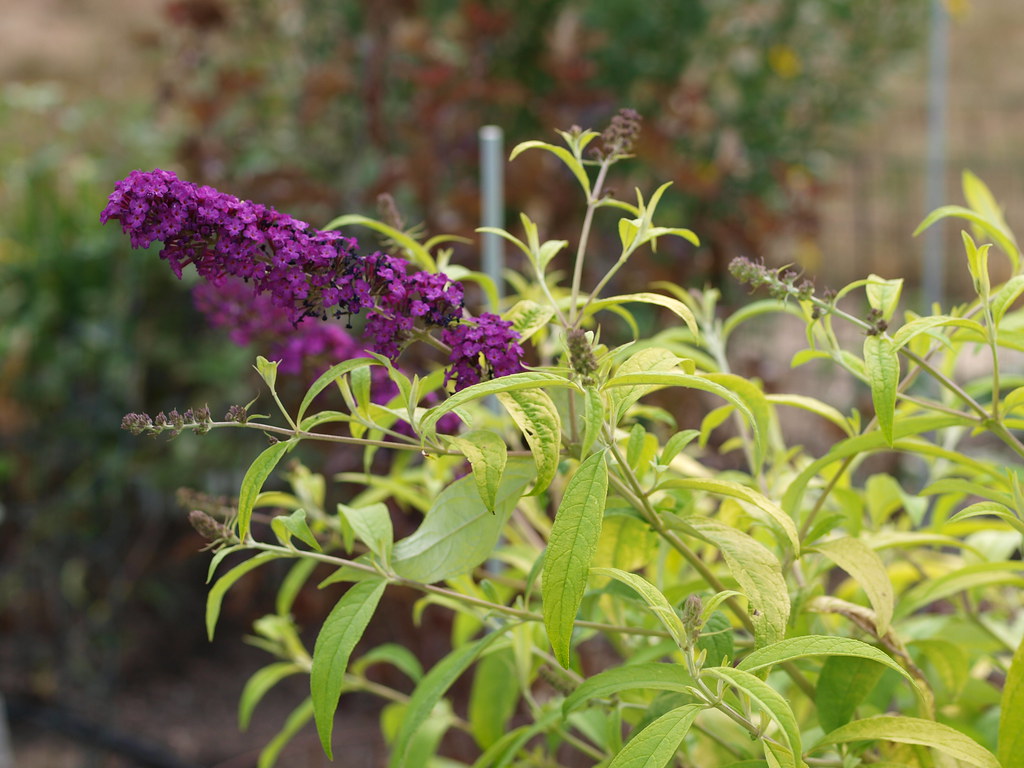
Spring’s official start is just five days away! Thanks for reading and enjoy the rain.
